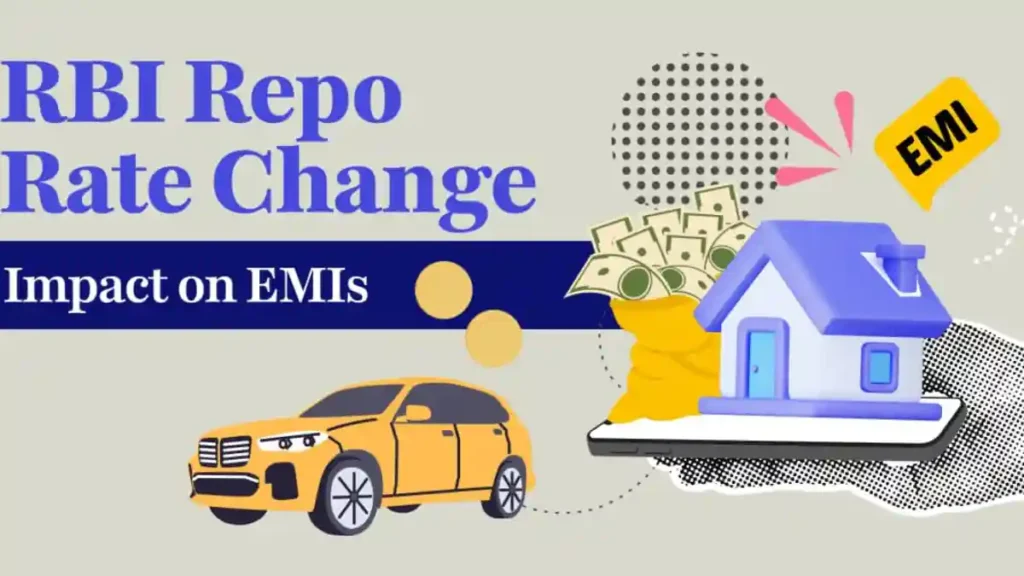RBI Cuts Interest Rate Again
The Reserve Bank of India (RBI) has reduced the repo rate by 0.25%, bringing it down to 6% from the previous 6.25%. This is the second time in a row that the RBI has cut interest rates. As a result, home, car, and other loans may become cheaper, and existing EMIs might also reduce.
When Was This Announced?
RBI Governor Sanjay Malhotra shared this update on April 9 at 10 am, after the first Monetary Policy Committee (MPC) meeting of the financial year 2025-26, which started on April 7.
Earlier in February, the RBI had also cut the repo rate by 0.25%, reducing it from 6.5% to 6.25%. These recent cuts have happened after almost five years.
What Happens When the Repo Rate is Reduced?
Repo rate is the interest rate at which RBI gives loans to banks.
When the repo rate is lower, banks get loans at cheaper rates.
In turn, banks often reduce their interest rates for customers, which means home loans, auto loans, and other loans become cheaper.
Lower interest rates may increase housing demand and encourage more people to buy property, which helps the real estate sector grow.
Why Does RBI Change the Repo Rate?
The RBI changes the repo rate mainly to control inflation and support economic growth.
When inflation is high, the RBI increases the repo rate. This makes loans more expensive, which slows down spending and reduces inflation.
When the economy is weak, the RBI lowers the repo rate. This helps increase money flow in the market, encouraging people and businesses to borrow and spend more.
Key Points from RBI Governor Sanjay Malhotra:
The repo rate is reduced by 0.25% to 6%.
The RBI has changed its approach from neutral to accommodative, meaning it is now focused on supporting economic growth.
Global trade issues may affect India’s economic growth.
Higher tariffs may impact exports.
There are signs of improvement in manufacturing.
The recent drop in crude oil prices will help control inflation.
The NPCI (National Payments Corporation of India) will now decide on limits for merchant UPI transactions. Currently, the limit is ₹2 lakh per transaction.
New rules for gold loans will be introduced soon.
What Do the Latest Inflation Figures Say?
Retail inflation fell to 3.61% in February, mainly because prices of pulses and vegetables went down. This is the lowest in 7 months.
Wholesale inflation, however, increased to 2.38% in February due to a rise in manufacturing costs of food items.
The RBI aims to keep inflation within 2% to 6%.
How Often Does the RBI Hold Meetings?
The Monetary Policy Committee (MPC) has 6 members – 3 from the RBI and 3 appointed by the central government.
The RBI holds these meetings every two months to decide on interest rates and other key financial policies.
The schedule for the financial year 2025-26 includes 6 meetings. The first one was held from April 7 to April 9.
What Does This Mean for You?
If you have a loan, your EMI might go down soon. And if you’re planning to take a new loan, you may get it at a lower interest rate. However, keep an eye on announcements from your bank, as they decide how much of this benefit to pass on to customers.

